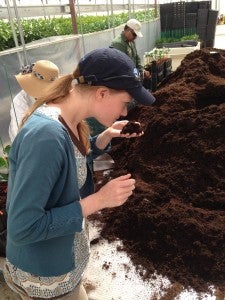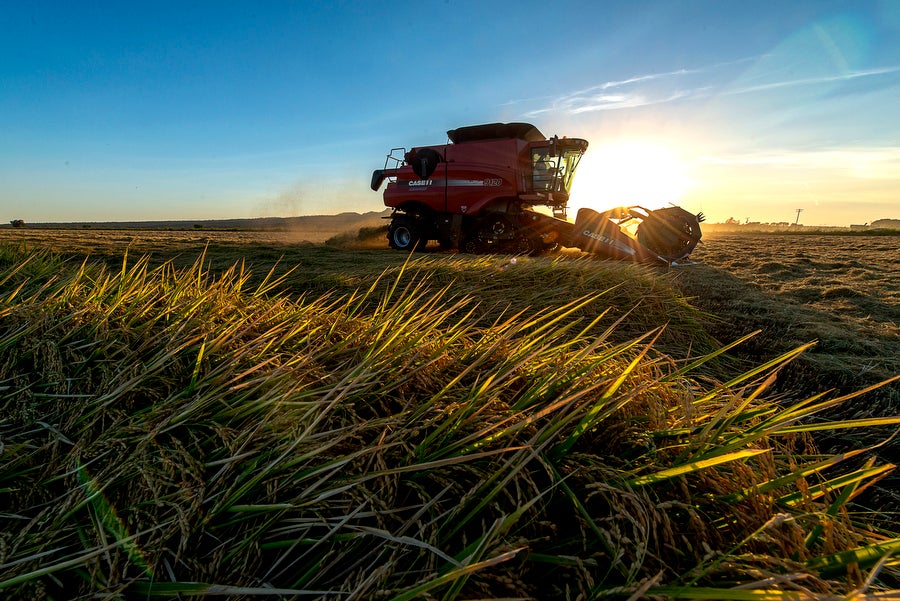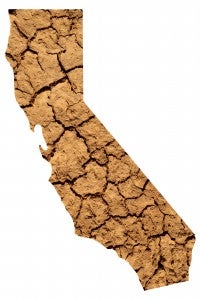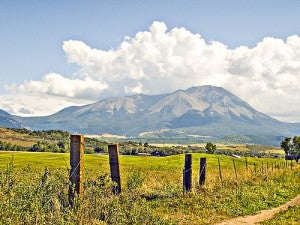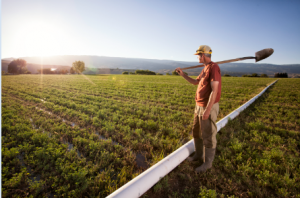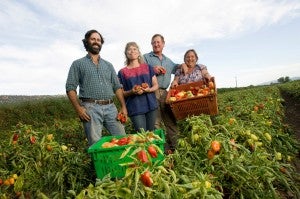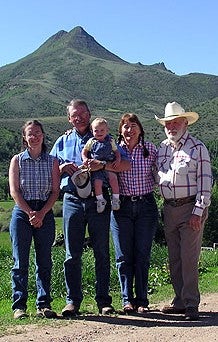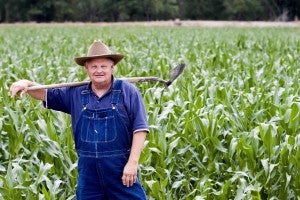Putting yourself in the boots of a California farmer will give you a whole new perspective.
That’s why I recently spent a few days alongside Matt Fisher, a citrus grower in Kern County, California – to better understand growers’ challenges and concerns, and to rethink how environmental groups and farmers can achieve shared goals.
The experience was part of a farm exchange program offered through the California Agricultural Leadership Foundation, which facilitates learning opportunities on California farms.
With a record-breaking drought in California, tensions between environmentalists and farmers run high, and finger pointing is everywhere. But that isn’t getting us anywhere. The time I spent on Matt’s farm gave me new inspiration to break down barriers, put aside stereotypes, and work together. Read More
